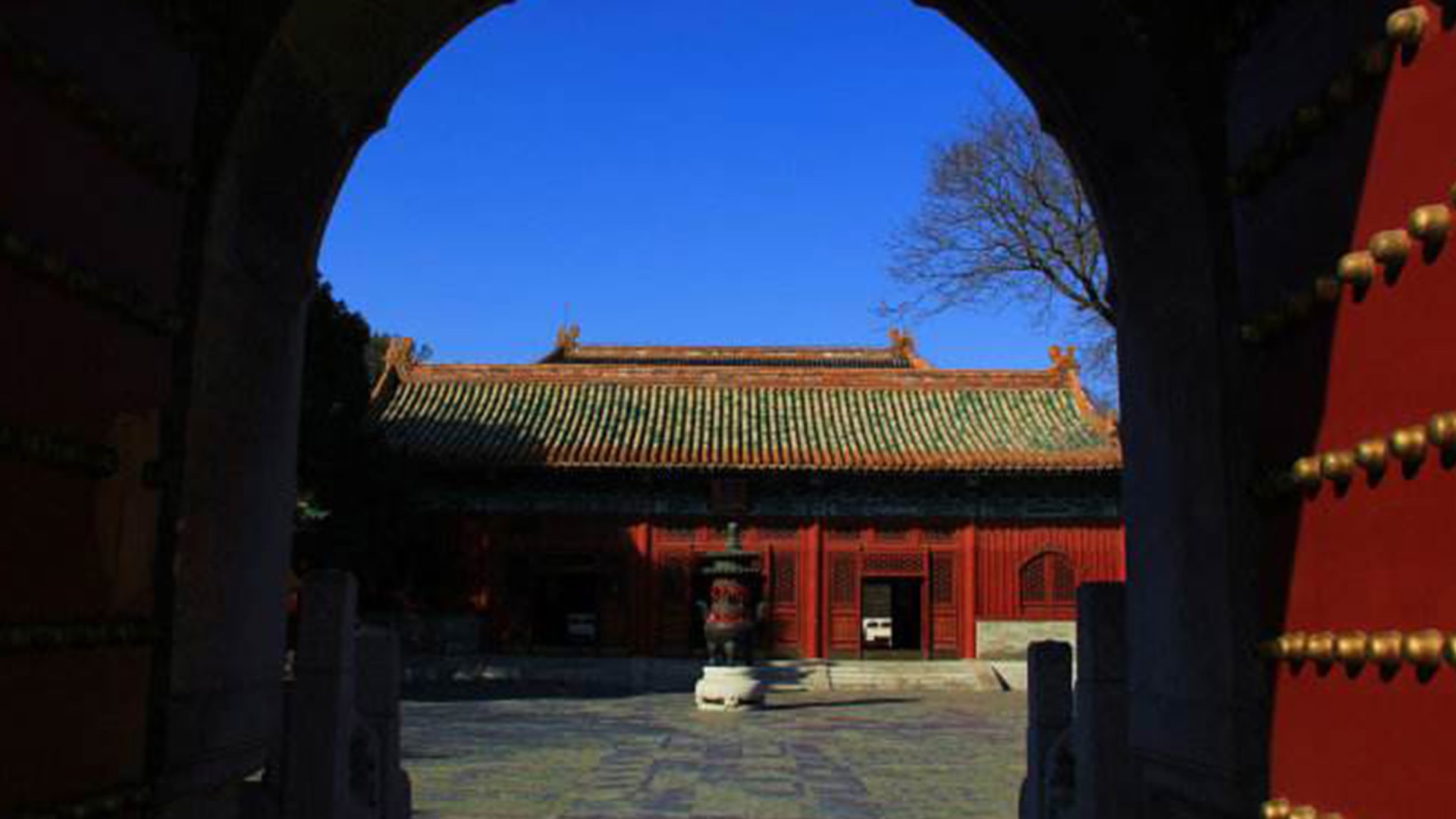
Tech & Sci
21:53, 27-Feb-2018
China makes persistent efforts in air pollution control
By Liu Jiaxin

You can say hazy skies this winter have been quite the rarity – a marked improvement from autumn and winter in 2013 to 2016. And in 2017, the overall air quality in the nation improved drastically.
The yellow alert for smog in Beijing on Tuesday should not obscure the efforts made by the government over the previous year.
According to China’s Ministry of Environmental Protection (MEP), the average concentration of PM10 in prefecture-level cities and above was 75 micrograms per cubic meter, which is about 22 percent lower than that in 2013. The average concentration of PM2.5 in Beijing, Tianjin, Hebei, the Yangtze River Delta and the Pearl River Delta decreased by about 40 percent, 34 percent and 28 percent comparing with those in 2013. The annual average concentration of PM2.5 in Beijing has dropped from 89 to 58 micrograms per cubic meter.

The press conference of China’s Ministry of Environmental Protection on Tuesday /Photo via chinanews.com
The press conference of China’s Ministry of Environmental Protection on Tuesday /Photo via chinanews.com
In the previous year, Beijing’s weather has been through a drastic change. The reduction of PM2.5 levels in 2017 equaled the total reduction recorded from 2012 to 2016.
But what led to the vast improvement in Beijing’s air quality this year? And what was the government doing to reduce air pollution in the nation before 2017?
“We have to accurately control haze. We need a targeted policy. We are making efforts in carrying out research and solving technical problems. Pollution control is not one day's work. It is a cumulative effort,” said Liu Bingjiang, spokesman of MEP.

The reduction of PM2.5 levels in Beijing in 2017 equaled the total reduction recorded from 2012 to 2016. /CGTN Photo
The reduction of PM2.5 levels in Beijing in 2017 equaled the total reduction recorded from 2012 to 2016. /CGTN Photo
Although air quality across China is currently at a favorable level, the country still has a long way to go. In some regions, heavy air pollution is still prominent. With coal-based transport and emissions of pollutants relatively abundant, overall air pollution control in China is still a work in progress.
"There should always be a sense of urgency when the sky is blue, and confidence when it’s gray," said Liu.

SITEMAP
Copyright © 2018 CGTN. Beijing ICP prepared NO.16065310-3
Copyright © 2018 CGTN. Beijing ICP prepared NO.16065310-3